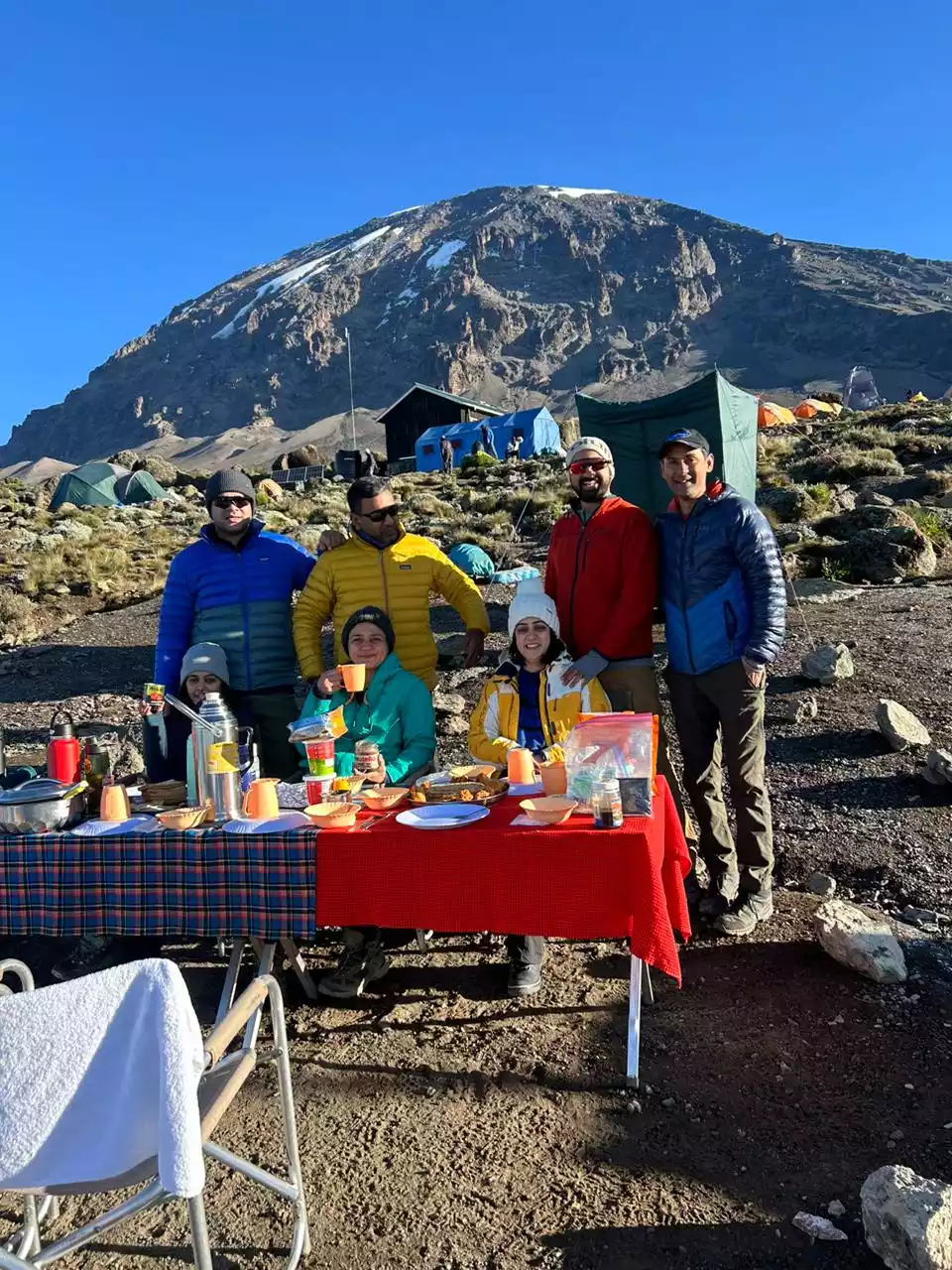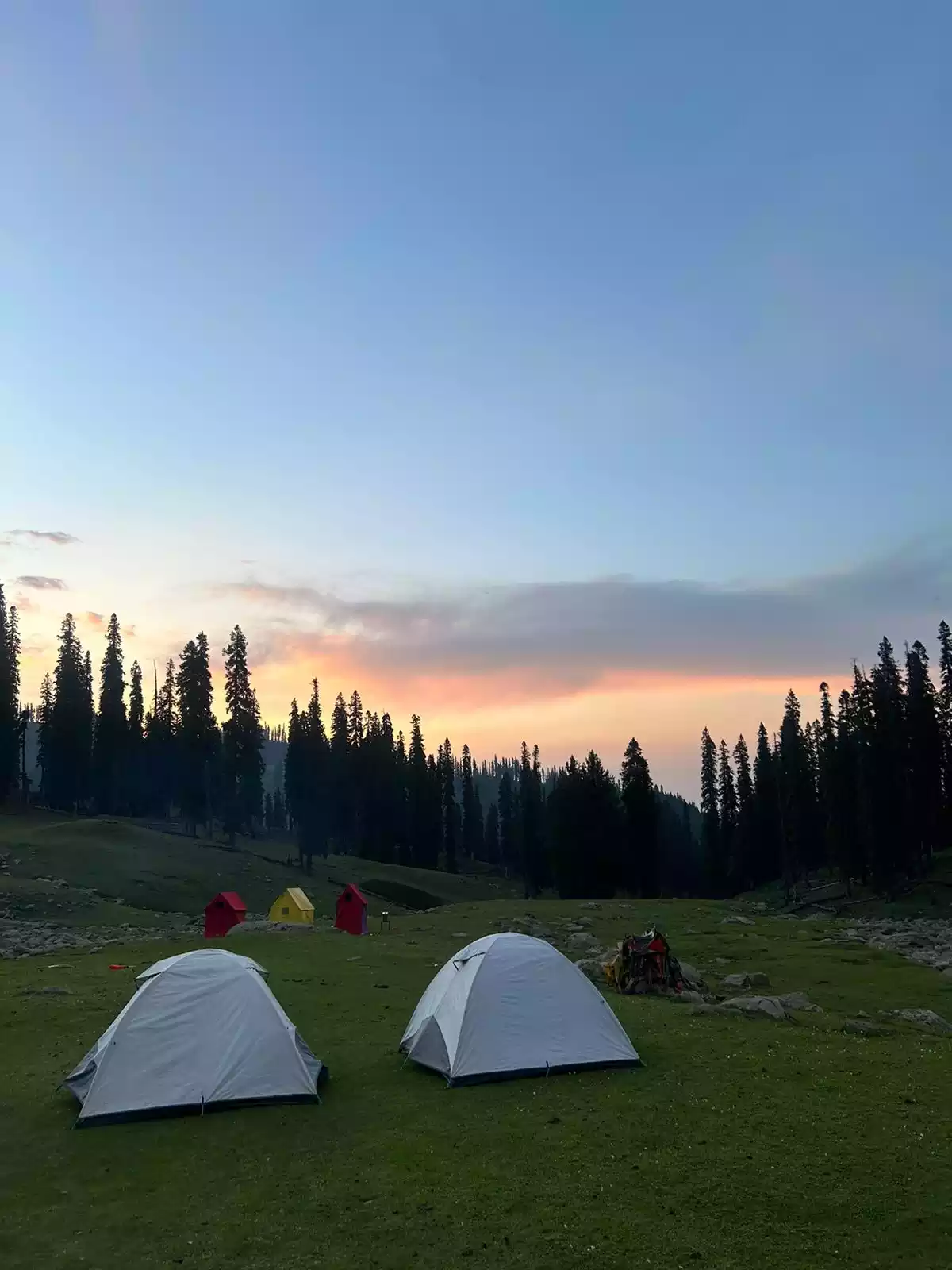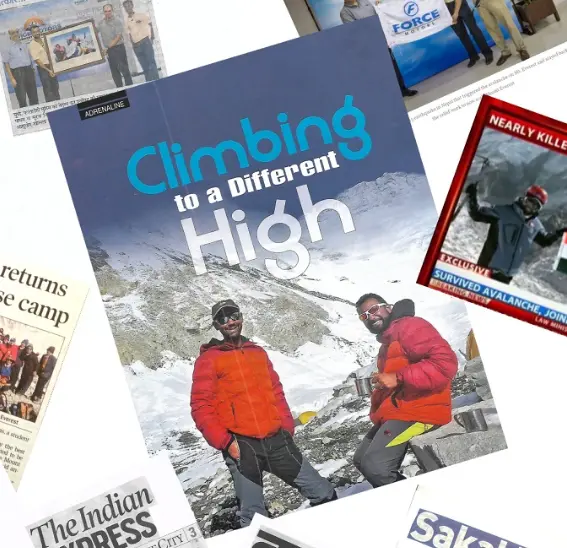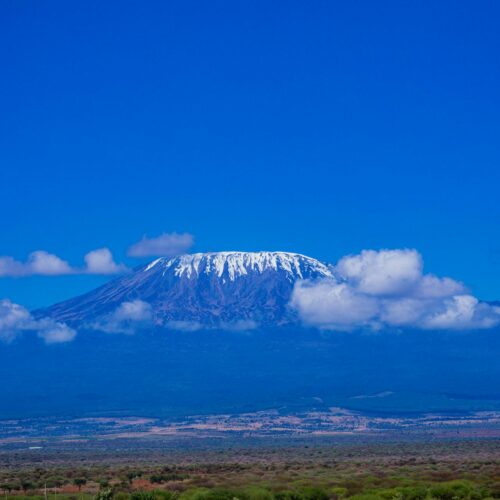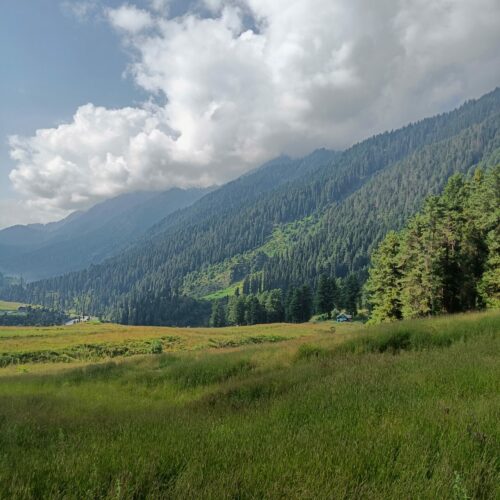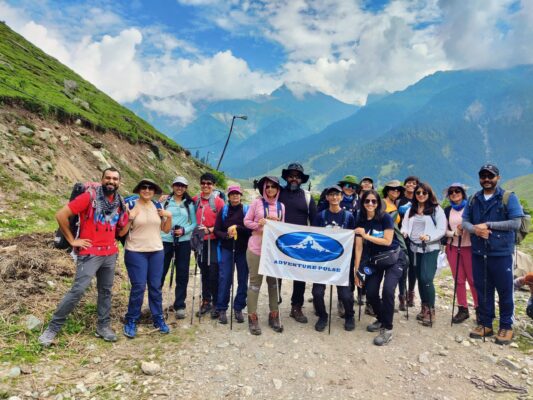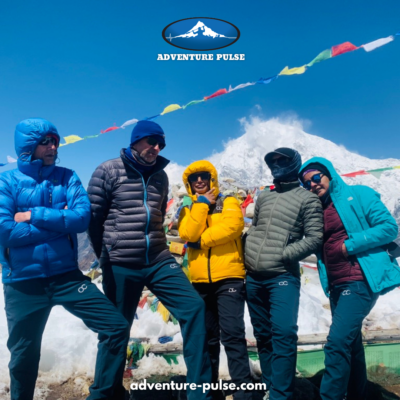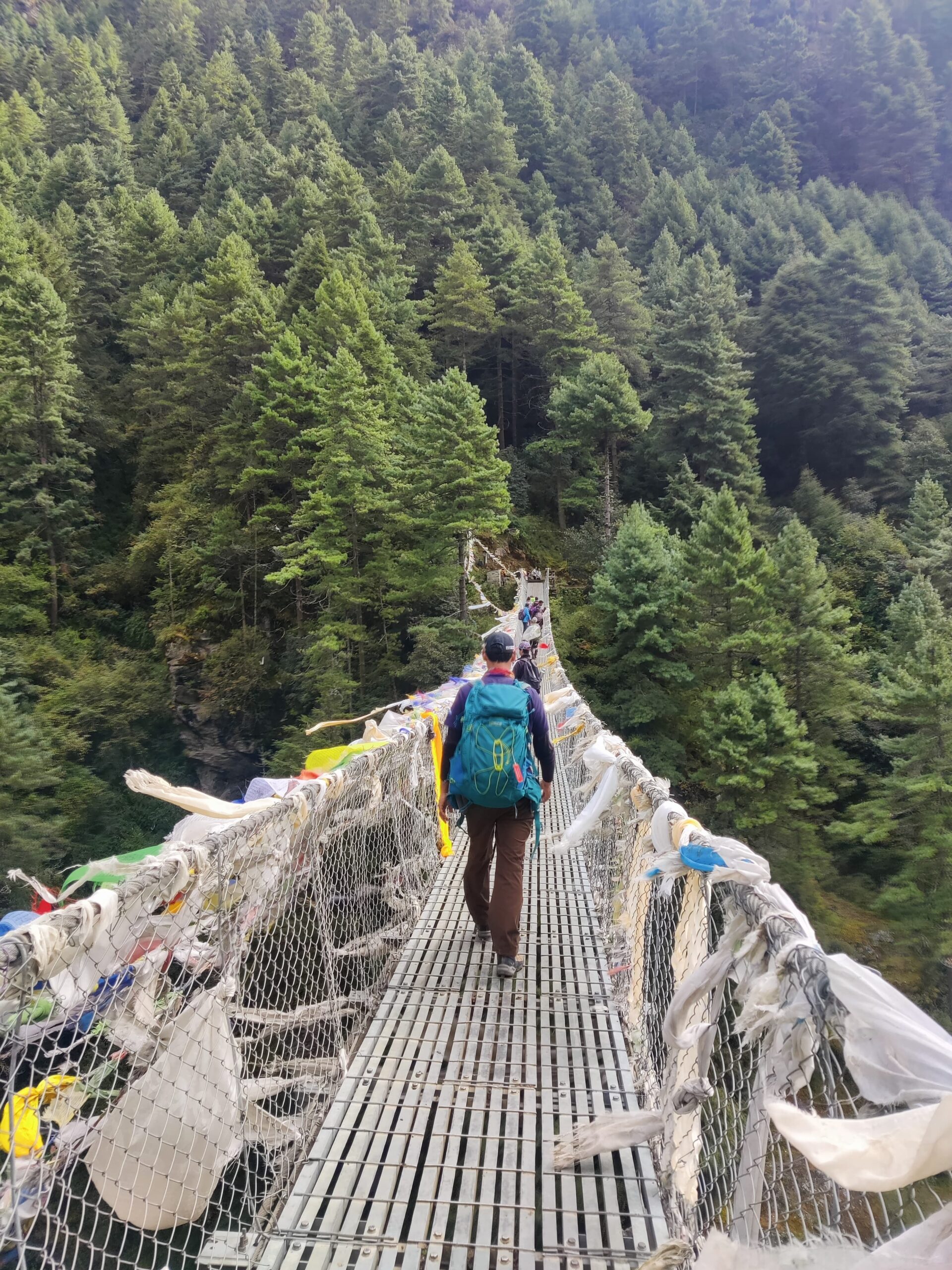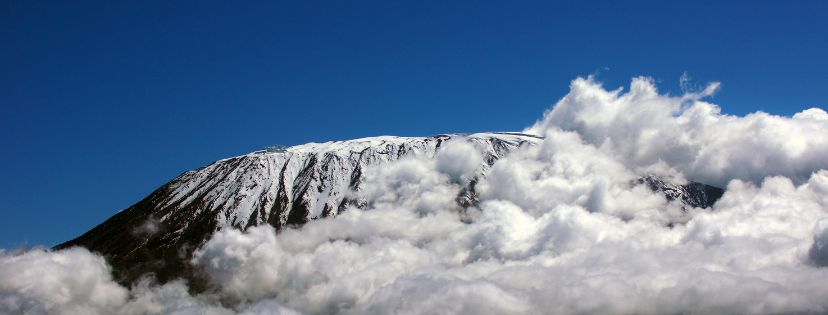
Overview of Trekking in Africa
Trekking in Africa is a thrilling adventure bound by the natural beauty and cultural richness. Mount Kilimanjaro is the crown of Africa and a global trekking icon. This majestic freestanding mountain located in Tanzania is a magnet for trekkers globally. The landscape shows four major terrains, and every terrain is unique on its own. Starting from tropical rainforest at the beginning and moving with the moorland, then alpine desert with no vegetation and lastly the glacier at the summit. Mount Kilimanjaro is a combination of a full pack of adventure with an ecosystem covered. Rather than the physical challenges, you get the mystical opportunity to explore the culture with the local guides and porters. Sharing stories, transition, food and some quick Swahili encouragements. There are multiple routes that take you to the top of Mount Kilimanjaro, the Machame route being among the most popular!
Routes to the Top of Kilimanjaro
Mount Kilimanjaro offers seven different routes to the summit. Each route has its own importance and significance. The summit has routes from all sides. The Leshomo and Shira routes start from the west side; the Machame, Umbwe and Mweka routes start from the south side. And lastly, the Rongain route starts from the north-east and the Marangu route starts from the south-east.
- Lemosho Route: With the scenic views and less crowd, this path is becoming more popular among the trekkers. This route has a gradual ascent to the peak and has excellent acclimatization opportunities. Starting from the Londorossi Gate from the west side, then joining the Machame route at Lava Tower and after crossing Borronco Wall and reaching the summit and coming back via Mweka route.
- Machame Route: Nicknamed Whiskey Route, the most challenging and full of thrilling adventure. The steep terrain and the mesmerising views are best suited for experienced trekkers. The start and end of this route are from southwards.
Highlights of Lemosho Route
The Lemosho Route starts from the west side from Londorossi Gate. The whole path has always been full of adventure and less crowd. The distance of 71 km can be easily covered in 7-8 days.
- The diverse terrain in the route teemed with wildlife, revealing each day with its beautiful landscape.
- This route has the most breathtaking views at every step and promises dramatic sunrises and sunsets with a sip of chai.
- Covering the entire Shira plateau, views of glaciers from there show the iconic Kilimanjaro.
- The Lemosho route has fewer crowds until it meets the Machame Route at Lava Tower.
- Lemosho improves the acclimatization and provides a better opportunity for enhancing the chances of a successful summit.
- One of the major highlights of the Lemosho route is Cathedral Peak. This is the highest peak of Shira Volcano, which one can encounter if you want to go for an acclimatization walk.
Comparing Machame and Lemosho Routes
-
Altitude Gain
The Machame and the Lemosho have different start points and different altitudes. The contrasts are noteworthy because of their respective approaches to climbing. Machame begins at 1,800 meters from the Machame gate and the Lemosho route starts from Londorossi Gate at 2,100 meters.
| Machame Route | Lemosho Route |
| 1. Steeper climb | Gentler Ascent |
| 2. Direct climb | Slower pace climb |
| 3. Altitude gain on each day | Low altitude and follows a longer path |
| 4. Less gradual acclimatization | Better acclimatization |
| 5. “Climb high, sleep low.” | Gaining altitude across several days. |
| 6. Suitable for experienced trekkers. | For the beginners looking for a less demanding climb. |
-
Acclimatization
Acclimatization is very much needed in the high-altitude treks, as in Kilimanjaro. The acclimatization in the Lemosho and the Machame have their own significance.
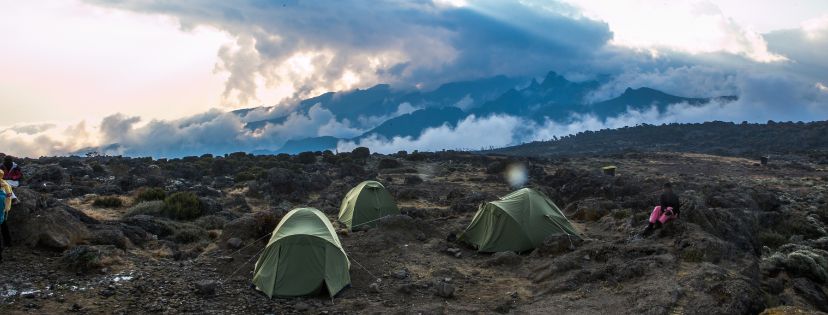
Machame Route: The Machame follows the principle of “Climb High and Sleep Low,” which is one of the principles of acclimatization. The steep climbs of the trek offer less acclimatization. Due to the similar altitude, the three campsites, namely Shira, Barranco and Karanaga, follow the law of acclimatization.
Lemosho Route: Due to the longer days, the itinerary adds some additional days to adjust yourself in the higher altitude. This adaptation helps in the reduction of the risk of AMS and helps the body’s oxygen level to be maintained.
-
Accommodation and Terrain
The accommodations on Lemosho and Machame Routes have camping at stays. The porters carry all the camping equipment along with them. Once you reach the campsite, the tents are setup each day. The routes with designated campsites become crowded in peak season. This can be seen especially on the Machame route with crowded campsites while Leshomo has fewer.
The terrain on both routes has a diverse landscape. Machame offers rainforest, moorland, alpine desert and glaciers at the summit. On the other hand, Lemosho shares a remote approach with scenic and less-trodden paths. The terrain is dynamic and Barranco Wall is the main highlight of both routes. The panoramic views at the summit of the whole route are the reward of the whole trek.

-
Difficulties or Challenges
- Machame Route: The Machame Route is regarded as more physically challenging due to high ascents and a shorter itinerary. Trekkers must be prepared for challenging climbs, such as the Barranco Wall, which needs scrambling skills. To overcome the obstacles of its quick altitude climb, you must be physically healthy and mentally resilient.
- Lemosho Route: The Lemosho Route is physically hard because of its lengthy hiking days and high altitudes, despite being less steep than other routes. Its gentle rise promotes greater acclimatization, making it ideal for beginners or hikers who prefer a slower pace. However, the extended period requires a high level of fitness and devotion.
-
Itinerary and Duration Differences
Depending upon the person and their time availability, both the Machame and Lemaosho can be done in 6–7-8 days. The Machame is more budget-friendly than Lemesho. Shorter duration is more challenging and long days become expensive in mountains.
| Days | Machame Route | Lemosho Route |
| Acclimatize | Arrival at Arusha | Arrival at Arusha |
| Day 1 | Machame Gate to Machame Camp | Londorossi Gate to Forest Camp |
| Day 2 | Machame Camp to Shira Camp | Forest Camp to Shira Camp 1 |
| Day 3 | Shira Camp to Barranco Camp via Lava Tower | Shira Camp 1 to Shira 2 to Moir Hut |
| Day 4 | Barranco Camp to Karanga Camp via Barranco Wall | Moir Hut to Lava Tower to Barranco Camp |
| Day 5 | Karanga Camp to Barafu Camp | Barranco Camp to Karanga Camp via Barranco Wall |
| Day 6 | Barafu Camp to Uhuru Peak and then walk back to Mweka Camp | Karanga Camp to Barafu Camp |
| Day 7 | Mweka Camp to Mweka Park Gate and back to Arusha | Barafu Camp to Uhuru Peak and then walk back to Mweka Camp |
| Day 8 | – | Mweka Camp to Mweka Park Gate and back to Arusha |
Choosing the Right Route
This becomes one of the important decisions upon selection of the route. For climbing Kilimanjaro, both routes offer beautiful landscapes and picturesque views. But it all depends upon your priorities and your fitness level.
Machame Route
If you have calculated time and good physical fitness, then you can complete this trek in seven days. This route requires a good amount of physical fitness and stamina. This whiskey route is known for its “climb-high and low-sleep” character, which gives you a push to your physical strength and rewards you with the beautiful views and combination of all terrains.

Lemosho Route
This route has become more popular these days but still has a lesser crowd. This route has the option for 6, 7, and 8 days to complete the trek and gives a better time for acclimatization. This also increases the high chance of completing the summit. Due to the remoteness of the route, the scenic views of the Shira plateau enhance the beauty and give a more impressive experience to the trekkers.
Conclusion
The Machame and the Lemosho, both routes reach the top of Mount Kilimanjaro. Both routes have their own significant features and have lots of scenic views. The Machame route, on the other hand, becomes a more direct option for the budget-friendly trekker. This is a challenging route but also offers beautiful landscapes and captivating views. The Lemosho route gives ample time for acclimatization, offering stunning vistas at every corner. Trekkers also opt for this route for more days of staying in the lap of Kilimanjaro.
There is no right or wrong route; it all depends on your stamina, passion, and preparedness. Your priorities, your past trekking experience, your budget and lastly, your time availability also should be kept in mind. Rest; any route you choose will be full of adventure and an incomparable landscape.
Blog credits – Nabamita Choudhury

